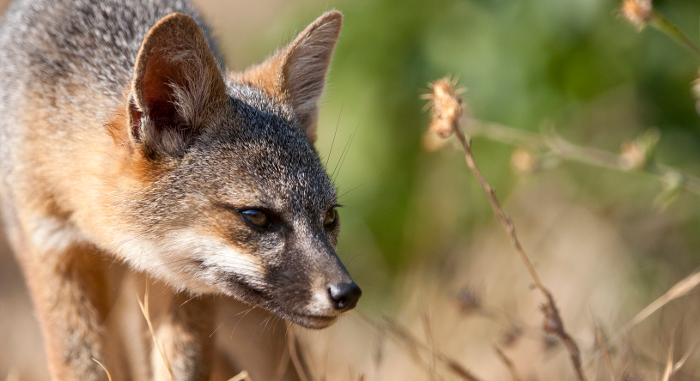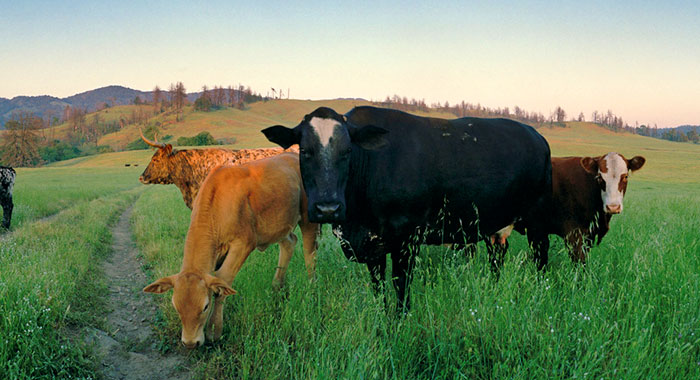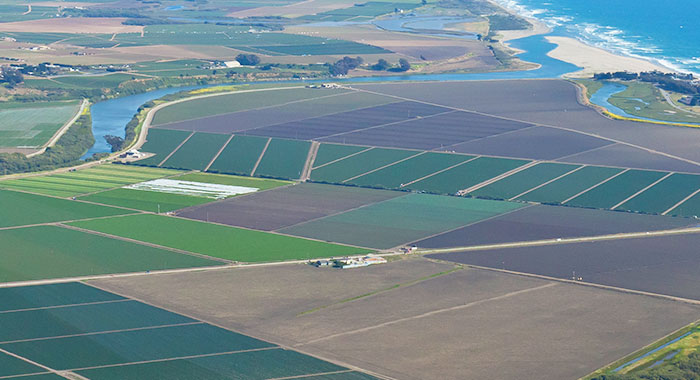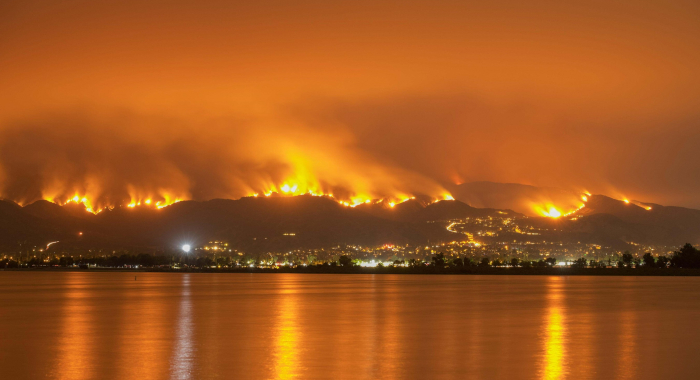In California, a day’s drive can take a visitor from record-setting desert heat to glaciated peaks to temperate rainforests with the world’s tallest trees. This astounding climatic and landscape diversity has helped create a biodiversity hotspot. California is also an economic hotspot – the 6th largest economy in the world – and is home to nearly 40 million people. The demand for land for new development and farms, along with accelerating climate change, puts tremendous stress on ecosystems, and the benefits they provide.
The state’s legacy of conservation has created a network of natural and working lands that benefit people by supplying clean water, capturing carbon, and directly contributing to the state’s economic and cultural vitality through recreation, tourism, and agricultural production. Conservancy scientists work across the spectrum of ecosystem types and human land uses, to advance conservation goals that also contribute to the well-being of people in those places.






Gardali T. , A.L. Holmes, S.L. Small, N. Nur, G.R. Geupel, G.H. Golet
Restoration efforts on the Sacramento River are focusing on revegetating the land with native plants and restoring natural river processes in an attempt to recover wildlife populations. To evaluate…Golet G.H., M.D. Roberts , E.W. Larsen, R.A. Luster, R. Unger, G. Werner, G.G. White.
River restoration projects have the potential to influence many of the services that rivers provide to people, yet rarely is this studied in a comprehensive manner. This paper reports on a set of…United Nations Environment Programme, chapters co-authored by Scott Morrison
For the International Year of Deserts and Desertification, 2006, a team of environmental and social scientists assembled to assess the state of the world’s deserts. This report is the product of…Marty, Jaymee T.
Livestock grazing in the American West often conjures up images of cattle degrading riparian areas or spreading weeds throughout desert rangeland. But cattle grazing does not always or necessarily…Scott A. Morrison, Douglas T. Bolger, T. Scott Sillett
Fragmentation-sensitive species – those that tend to disappear when their habitat is fragmented – pose particular challenges for conservation, in part because fragmentation ushers in such…Scott A. Morrison, Douglas T. Bolger
Reproductive success of many species in arid environments can be sensitive to rainfall patterns: rainfall events can produce a boom of primary productivity that fuels an ecological response from the…Scott A. Morrison, Douglas T. Bolger
Fragmentation-sensitive species – those that tend to disappear when their habitat is fragmented – pose particular challenges for conservation, in part because fragmentation ushers in such…Douglas T. Bolger, Andrew V. Suarez, Kevin R. Crooks, Scott A. Morrison, Ted J. Case
Habitat fragmentation ushers in a wide array of ecological changes, and understanding the drivers and impacts of those changes is critical for conservation management. This study examines an often…